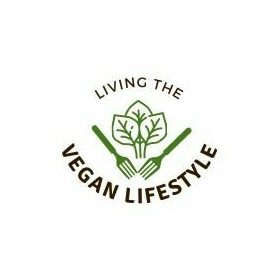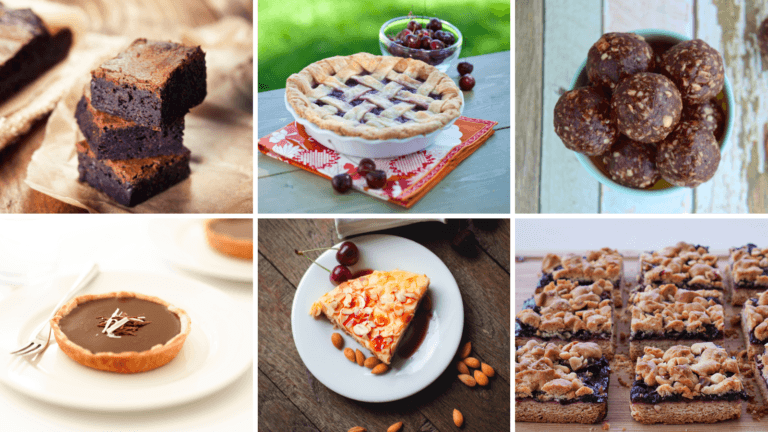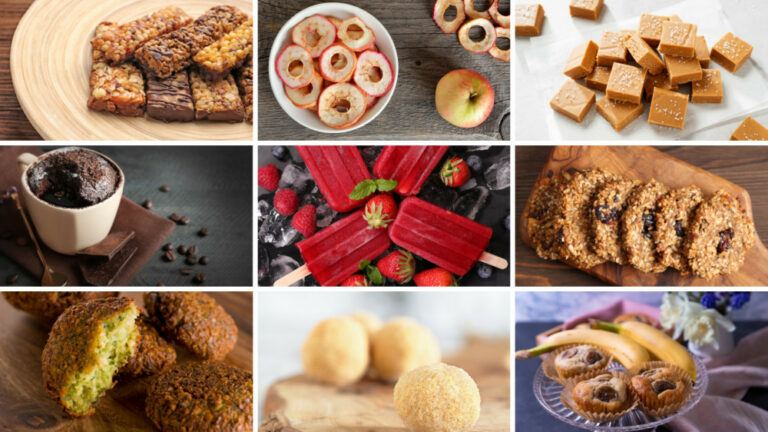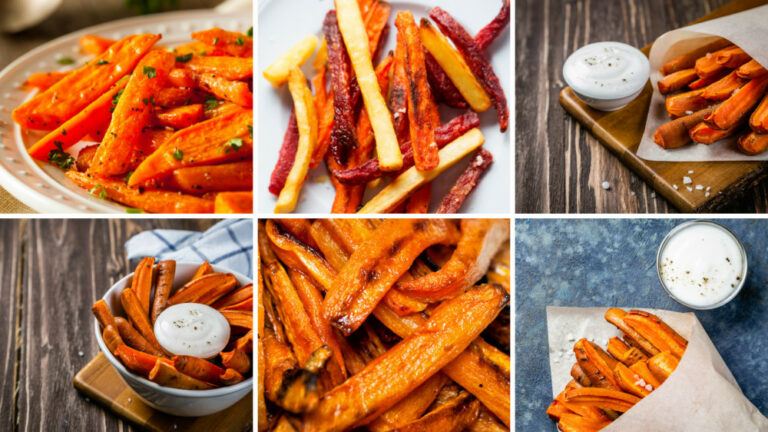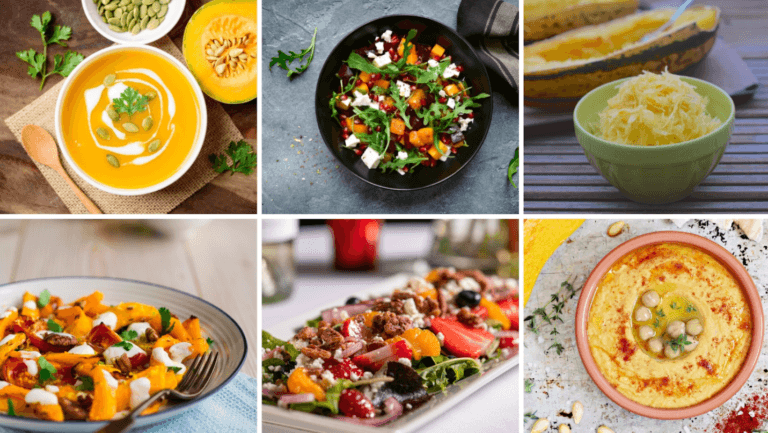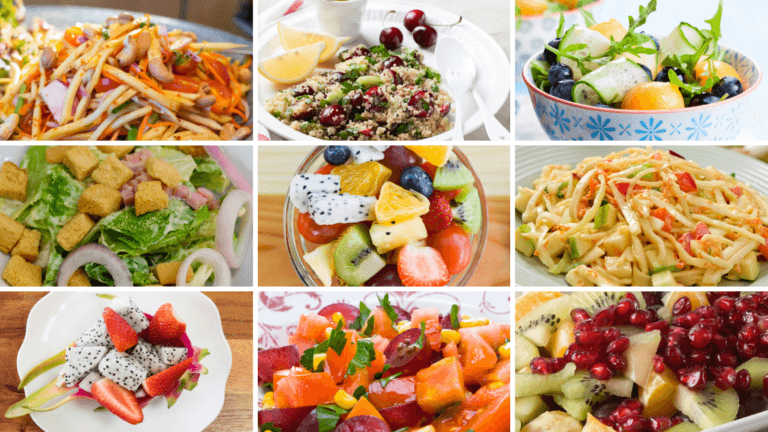10 Essential Vegan Calcium Sources For Your Kids
10 Essential Vegan Calcium Sources For Your Kids
Calcium is a mineral that plays a vital role in your kid’s body. It's well-known for its ability to strengthen and preserve bone health.
Muscle contraction, blood pressure regulation, neuron transmission, and blood clotting depend on this mineral. The Reference Daily Intake (RDI) for children aged 4 to 18 is 1,300 mg per day.
Despite this, a vast majority of people do not follow these guidelines. Many people revert to eating animal products and dairy even though this mineral is found in many plant foods.
Calcium is essential for all developing children, regardless of their diet. The trouble is, dairy isn't the only food that provides this crucial ingredient, and studies have shown that calcium from specific plant foods is better absorbed than calcium from dairy products.
Dairy products do not meet children's calcium requirements for good bones and teeth. They can get their calcium from various plant foods as long as they're included in your vegan children's meals and snacks.
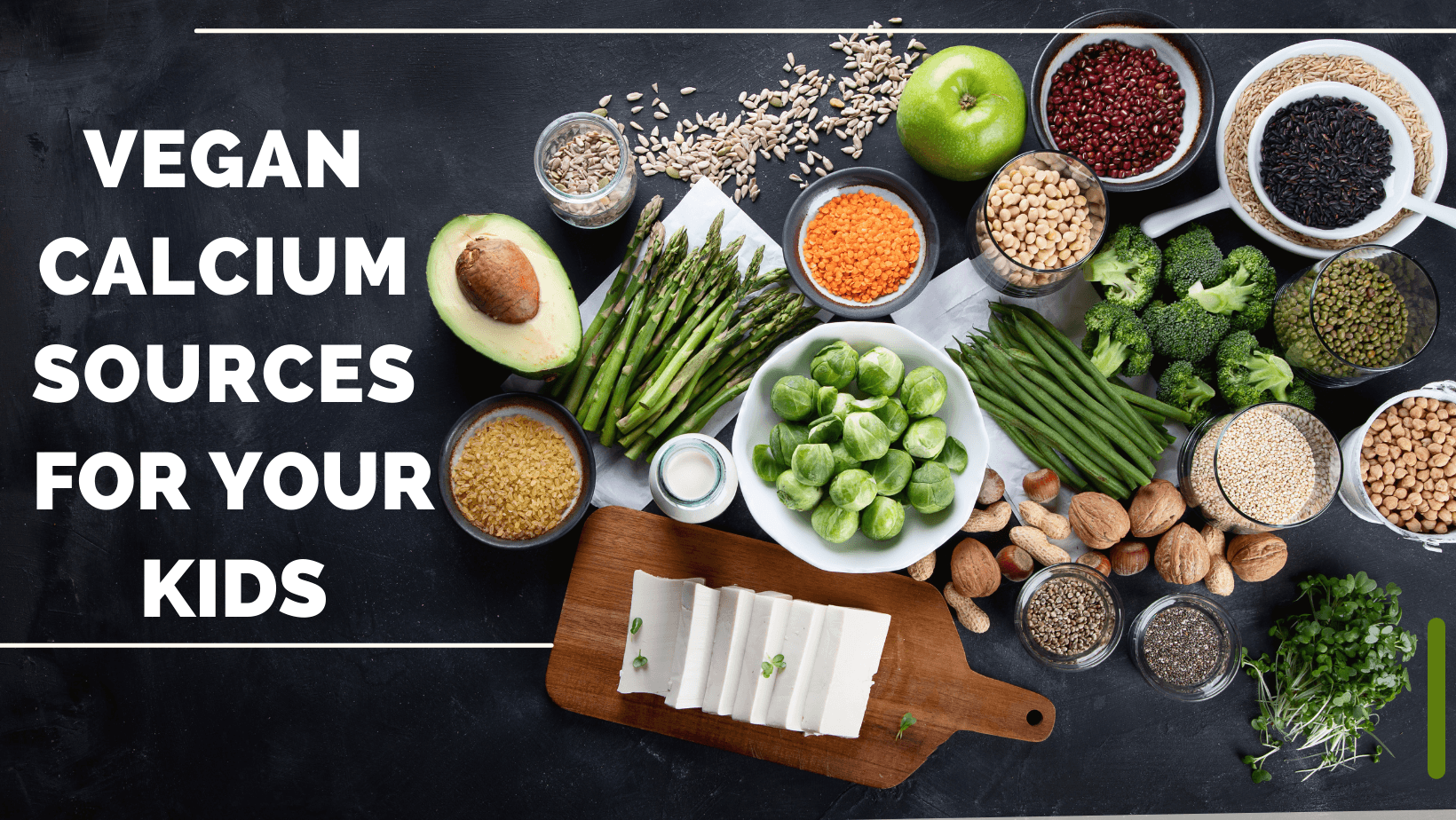
Why Is Calcium Essential?
- With the exception of 1%, all of the calcium in the human body is stored in the teeth and skeleton.
- It's easy to see why calcium is such an essential mineral for people of all ages and stages. It is constantly flowing to and from the bones and must be replenished.
- Calcium is especially important for optimal bone growth and skeletal development in children. During infancy, calcium absorption is high and is passively aided by the lactose in breast milk or formula.
- Calcium is required for your muscles to contract, your heart to beat, and your blood to clot, in addition to bone health. It helps your infant in a variety of ways!
- We're sure you're not surprised to learn that you don't have to give your infant cow's milk beyond 12 months if you don't want to, especially if calcium is the primary reason.
- It's possible that cow's milk isn't the best calcium source available. Studies show that drinking too much cow's milk can put your child at risk for iron deficiency, type 1 diabetes, and kidney damage.
Vegan Calcium Sources For Your Kids
1. Seeds
Seeds and their butter are also high in calcium. However, the amount varies depending on the variety.
Tahini, a sesame seed butter, has the most, with 130 mg per 2 tablespoons (30 ml) — or 13% of the recommended daily intake. Sesame seeds, on the other hand, give only 2% of the RDI in the same amount (20 grams).
Chia and flax seeds also include a good quantity, with 2 tablespoons (20–25 grams) providing roughly 5–6% of the RDI.
Seeds include fibre, protein, healthy fats, vitamins, minerals, and plant chemicals that are good for the body. They're also connected to health benefits like lower inflammation, blood sugar levels, and heart disease risk factors.
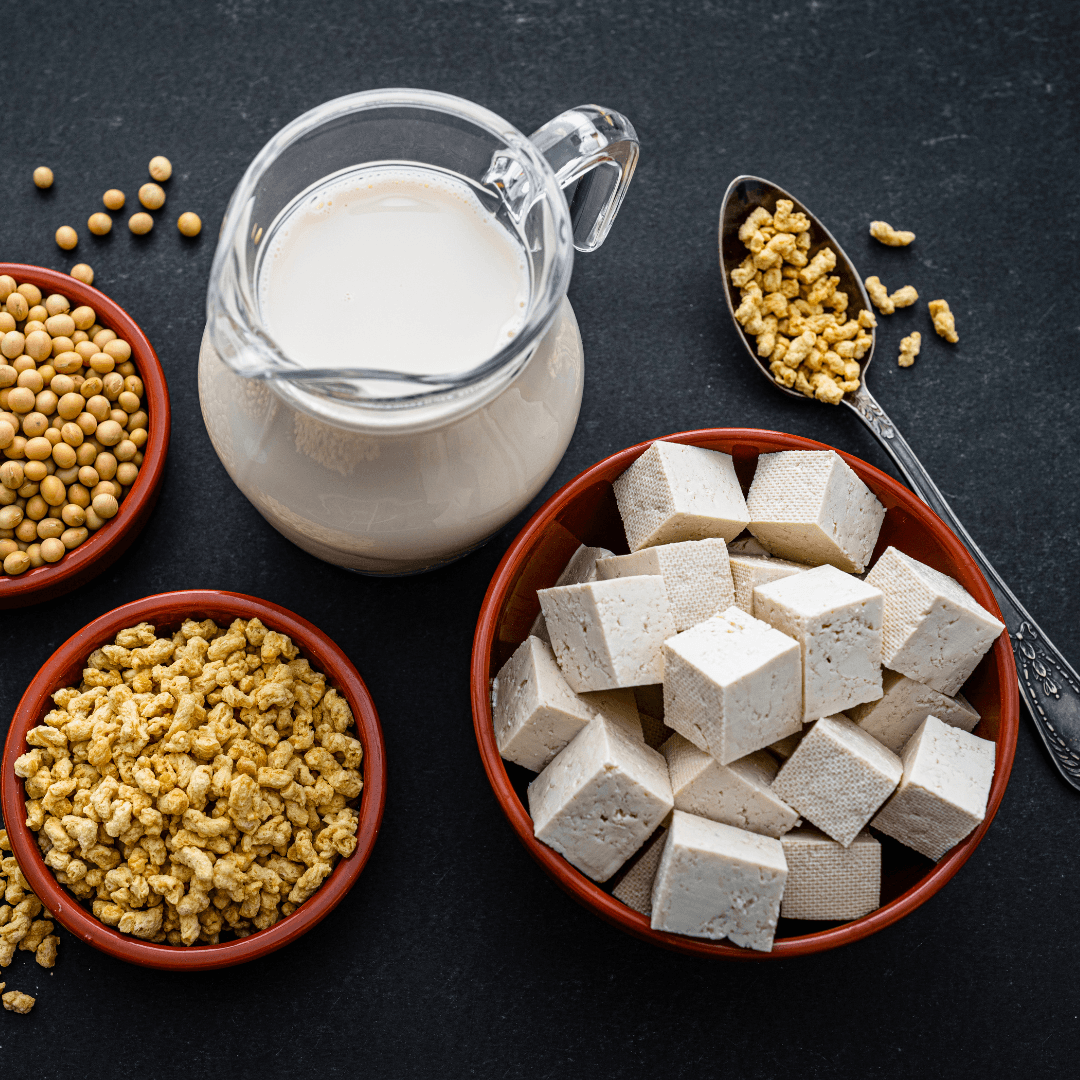
2. Foods Made From Soy
Calcium is abundant in soybeans by nature. One cup (175 grams) of cooked soybeans contains 18.5 percent of the RDI, whereas the same amount of immature soybeans (also known as edamame) provides roughly 27.6%.
Soybean-based foods like tofu, tempeh, and nattō are also high in this mineral. The amount of calcium phosphate in 3.5 ounces of tofu is 350 mg (100 grams).
Tempeh and natto, both produced from fermented soybeans, are also good sources. One 3.5-ounce (100-gram) serving of tempeh provides around 11% of the RDI, while natto provides roughly twice as much.
Soy meals that have been minimally processed are also high in fibre, vitamins, and minerals. They're also one of the few plant foods that may be considered a full protein source.
Although most plant foods are deficient in at least one of the nine essential amino acids, soybeans are high in all of them.
3. Some Nuts
All nuts contain traces of calcium, but almonds are exceptionally high, with 97 milligrams per ¼ cup (35 grams), or about 10% of the recommended daily intake.
Brazil nuts are second only to almonds, supplying roughly 6% of the RDI per ¼ cup (35 grams). In contrast, walnuts, pistachios, hazelnuts, and macadamia nuts contribute 2–3% of the RDI for the same amount.
Nuts are also high in fibre, omega-3 fatty acids, and protein. They're also high in antioxidants, B vitamins, magnesium, copper, potassium, selenium, and vitamins E and K.
Regularly eating nuts can help you lose weight, lower blood pressure, and minimize your risk of metabolic disorders, including type 2 diabetes and heart disease.

4. Lentils, Beans, And Peas
Beans and lentils are calcium-rich and high in fibre and protein.
The kinds with the highest quantities of this mineral per cooked cup (about 175 grams) are winged (goa), white, and navy beans.
Beans and lentils are also high in iron, zinc, potassium, magnesium, and folate, among other minerals. Antinutrients like phytates and lectins, on the other hand, reduce your body's ability to absorb other nutrients.
Antinutrient levels in beans and lentils can be reduced by soaking, sprouting, and fermenting them, making them more absorbable.
Furthermore, eating a diet rich in beans, peas, and lentils lowers LDL (bad) cholesterol and lowers your chance of developing type 2 diabetes, heart disease, and dying young.
6 Best Vegan Lentil Recipes For Your Kids
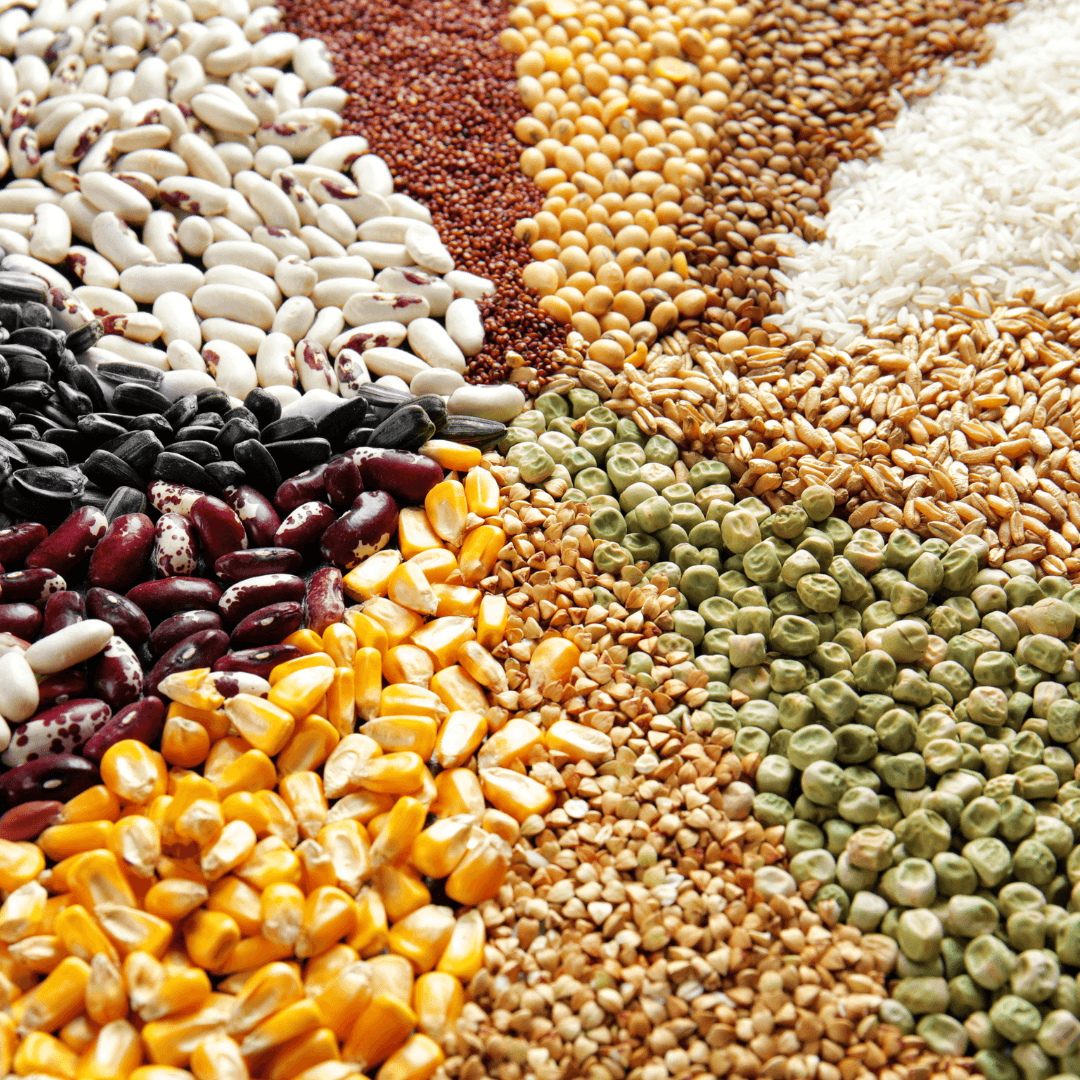
5. Grains
- Grains aren't commonly thought of as calcium sources. Nonetheless, certain types have high levels of this mineral.
- Amaranth and teff, two gluten-free ancient grains, for example, contribute about 12% of the RDI per cooked cup (250 grams). Both are high in fibre and can be used in a wide range of meals.
- Teff can be used to make porridge or added to chilli, while amaranth can be used as a rice or couscous substitute. Both can be crushed into flour and used in soups and sauces to thicken them.
6. Leafy Greens And Certain Vegetables
- Vegetables are one of the most important vegan calcium sources. Calcium is abundant in some plants, particularly bitter ones like dark leafy greens and cruciferous vegetables.
- Spinach, bok choy, turnip, mustard, and collard greens, for example, supply 84–142 mg per cooked 1/2 cup (70–95 grams, depending on the variety) — or 8–14% of the RDI.
- Okra, kale, cabbage, broccoli, and Brussels sprouts are among the calcium-rich veggies. Per cooked 1/2 cup (60–80 grams), these give about 3–6% of the RDI.
- However, antinutrients such as oxalates can be found in varying amounts in plants. In your intestines, oxalates can bind to calcium, making it difficult for your body to absorb.
- Research shows that your body may only absorb about 5% of the calcium in high-oxalate plants.
- As a result, low- and moderate-oxalate veggies like turnip greens, broccoli, and kale are preferred over higher-oxalate vegetables like spinach, beet greens, and Swiss chard.
- One technique to reduce oxalate levels by 30–87 percent is to boil them. It looks to be more successful than steaming or baking, which is surprising.
- Arugula, another cruciferous vegetable, has 32 mg of calcium per cup.
- This may not seem like a large number, but arugula is high in water and low in calories, with only 5 calories per cup.
- A person's calcium intake can be increased by eating 3 or 4 cups per serving. Arugula also includes a substance called erucin, which may help fight cancer.
- Each cup of butternut squash contains 84 milligrams of calcium.
- The same dose also contains 31 milligrams of vitamin C, more than one-third of the daily need. The National Institutes of Health recommends that men take 90 mg of vitamin D daily and women take 75 mg.
7. Seaweed
- Another strategy to enhance your child’s calcium intake is to include seaweed in their diet.
- Wakame, a raw variety, has roughly 126 mg, or 12 percent of the RDI per cup (80 grams). It's available at most Asian shops and sushi restaurants.
- Another common choice is kelp, which can be consumed raw or dry. Raw kelp contains roughly 14 percent of the RDI in one cup (80 grams), which can be added to salads and major dishes. Seasonings made from dried kelp flakes can also be utilized.
- Seaweed, on the other hand, may contain high quantities of heavy metals. Some types, such as kelp, can have extremely high iodine levels per serving.
8. Blackstrap Molasses
- Blackstrap molasses is a nutritionally dense sweetener.
- Sugar cane that has been boiled three times is used to make it. Unlike sugar, it contains a variety of vitamins and minerals, including 179 mg of calcium per tablespoon (or 18% of the RDI) (15 ml).
- One tablespoon (15 ml) of blackstrap molasses contains enough nutrients to meet 5–15 percent of your daily iron, selenium, vitamin B6, magnesium, and manganese needs.
- However, because blackstrap molasses is heavy in sugar, it should be consumed in moderation.
9. Fortified Foods And Drinks
Calcium is added to several foods and beverages during the production process. They're a great way to get this mineral into your child's diet.
Calcium-fortified foods include plant-based milk, yogurt, sour cream, and cereals. This mineral is occasionally added to flour and cornmeal, which is why various baked foods, such as bread, crackers, and tortillas, contain high amounts.
Calcium-fortified beverages, such as plant milk and orange juice, can supplement your child's calcium intake.
For example, depending on the type of fortified plant milk, 1 cup (240 ml) typically delivers roughly 30% of the RDI — or 300 mg of highly absorbable calcium. On the other hand, one cup (240 ml) of fortified orange juice usually covers up to 50% of your daily requirements.
Soy milk, in particular, is a wonderful alternative to cow's milk since it has roughly the same amount of protein — 7 grams per cup — as cow's milk (240 ml).
Remember that not all plant milk is fortified, so read the label carefully before purchasing.
10. Fruit With Calcium
Calcium is present in several fruit varieties. Raw figs, for example, give 18 mg per fig, which is close to 2% of the RDI. At roughly 13 mg per fig, dried figs provide slightly less.
Oranges are another fruit with high calcium content. Depending on the variety, they contain 48–65 mg or 5–7% of the RDI per medium-sized fruit.
This list is completed by blackcurrants, blackberries, and raspberries.
Blackcurrants have 65 mg of calcium per cup (110 grams), which is around 7% of the RDI, while blackberries and raspberries have 32–44 mg per cup (145 grams and 125 grams, respectively).
These fruits are high in fibre, vitamin C, various other vitamins and minerals, and calcium. Add these tremendous vegan calcium sources to your kids' diet.
- All Nutrition Sources from Wiley ( Peer-reviewed journal)
- PubMed Central ( National Institutes of Health database)
- USDA Food Composition Databases (Governmental authority)
4 Delicious Recipes With Vegan Calcium Sources For Your Kids
1. Vegan Calcium Tofu Scramble Recipe
This vegan calcium tofu scramble is a delicious and healthy addition to a vegan breakfast. It contains 124mg calcium per serving, mainly from the tofu, mushrooms, and black beans. Our children love this tofu scramble.
Prep time: 6 minutes | Cook time: 14 minutes | Total time: 20 minutes | Servings: 4
Ingredients
- Organic soft tofu: 10.5 oz
- Pepper chopped: 1 red
- Mushrooms chopped: 1 cup
- Yellow onion chopped: 1
- Ground cumin: 1 tsp
- Turmeric powder: 1 tsp
- Garlic powder: 1/4 tsp
- Chilli powder: 1 tsp
- Nutritional yeast: 2 tbsp
- Black beans: 1 can
- Garlic cloves: 2, minced
- Olive oil: 1 tbsp
Method
- Pour the olive oil into a skillet set over medium heat.
- Sauté for 5 minutes with the mushrooms, pepper, yellow onion, and garlic.
- Break the tofu blocks apart with a wooden spoon in the skillet until you have a good scramble texture.
- Add the spice mixture and blend well.
- Drain and drain the black beans before adding them to the mix.
- Serve immediately after reheating.
Nutrition Facts (per serving)
- Calories: 224 Calories
- Fat: 7g
- Saturated Fat: 1g
- Sodium: 19 mg
- Potassium: 512 mg
- Carbohydrates: 24 g
- Fibre: 8 g
- Sugar: 3 g
- Protein: 15 g
- Vitamin A: 1130IU
- Vitamin C: 41mg
- Calcium: 124mg
- Iron: 3.4mg
2. Vegan Black Bean Soup Recipe
This vegan black bean soup is delicious and contains 98mg of calcium per serving. Serve it for a perfect lunch or as starter for dinner.
Prep time: 10 minutes | Cook time: 45 minutes | Total time: 55 minutes | Servings: 6
Ingredients
- Celery ribs: 3, finely chopped
- Extra: virgin olive oil: 2 tablespoons
- Garlic cloves: 6, pressed or minced
- Medium yellow onions: 2, chopped
- Black beans: 15 ounces, rinsed and drained
- Large carrot: 1, peeled and sliced into thin rounds
- Fresh cilantro: ¼ cup, chopped
- Ground cumin: 4 ½ teaspoons
- Red pepper flakes: ½ teaspoon or to taste
- Low sodium vegetable broth: 32 oz
- Sherry vinegar: 1 to 2 teaspoons
- Freshly ground black pepper and sea salt, to taste
- Optional garnishes: extra cilantro, diced avocado, thinly sliced radishes.
Method
- Heat the olive oil in a large Dutch oven or soup pot over medium heat until it shimmers. With a small sprinkle of salt, toss in the onions, celery, and carrots. Cook, stirring periodically, for 10 to 15 minutes, or until the vegetables are tender.
- Cook, stirring constantly, for 30 seconds, until the garlic, cumin, and red pepper flakes are aromatic. Over medium-high heat, add the beans and stock and bring to a boil. Cook, reducing heat as needed to maintain a moderate simmer, for about 30 minutes, or until the broth is delicious and the beans are very soft.
- Fill a stand blender halfway with soup, secure the lid, and blend until smooth. Alternatively, mix a part of the soup with an immersion blender.
- Return the pureed soup to the pot and season to taste with salt and pepper, cilantro, and vinegar/lime juice.
Nutrition Facts (per serving)
- Calories: 342
- Total Fat: 6.1g
- Saturated Fat: 1g
- Polyunsaturated Fat: 1g
- Monounsaturated Fat: 3.7g
- Sodium: 1563.1mg
- Total Carbohydrate: 56g
- Dietary Fibre: 21.3g
- Sugars: 4.2g
- Protein: 18.7g
- Calcium: 98mg
- Iron: 5 mg
3. Vegan Baba Ganoush Recipe
This vegan baba ganoush dish is a Lebanese specialty. It contains 30mg of calcium. It can be served as a dip for pita bread or vegetables and as a starter or a side to any meal.
Prep time: 10 minutes | Cook time: 40 minutes | Total time: 50 minutes | Servings: 3
Ingredients
- Aubergine (14oz): 1 large
- Tofu: 1⅓ tbsp
- Tahini: 1⅓ tbsp
- Lemon juice: 2 tsp
- Salt: ½ tsp
- Black pepper: 1 pinch
- Garlic granules/powder: ½ tsp
- Parsley: 1 tbsp, chopped
Method
- Bake the aubergine for 40 minutes at 220°C/430°F after piercing it with a toothpick. In this instance, there is no need to preheat the oven.
- Allow the aubergine to cool entirely after the cooking time has passed before continuing.
- Peel and carefully dice the aubergine now.
- With the flat of a knife, crush the tofu.
- Blend the tofu, tahini, lemon juice, salt, pepper, and garlic in a mixing bowl and toss well to combine.
- To finish the recipe, mix in the aubergine and chopped parsley one last time.
- Refrigerate the baba ganoush for 2 hours before serving for optimal results.
Nutrition Facts (per serving)
- Calories: 51kcal
- Carbohydrate: 6.5g
- Sugar: 2g
- Fibre: 3.5g
- Fat: 2.6g
- Saturated Fat: 0.4g
- Unsaturated Fat: 2.2g
- Protein: 2g
- Calcium: 30mg
- Sodium: 430mg
- Water: 88g
4. Orange Kale Smoothie Recipe
The orange kale smoothie is a powerhouse of nutrition. It contains a hooping 136mg of calcium. We are serving this smoothie 2-3 times per week.
Prep time: 5 minutes | Cook time: 0 minutes | Total time: 5 minutes | Servings: 2
Ingredients
- Orange juice: 2 cups
- Kale leaves: 1 cup
- Frozen pineapple: ¼ cup
- Mint leaves: 4
Method
- Half of the orange juice should be poured into your blender. Blend in the kale, pineapple chunks, and mint leaves until smooth.
- Blend in the remaining orange juice until smooth.
- To serve, divide the smoothie between two glasses.
Nutrition Facts (per serving)
- Calories: 171kcal
- Carbohydrates: 40g
- Protein: 4g
- Fat: 1g
- Sodium: 29mg
- Potassium: 756mg
- Fibre: 2g
- Sugar: 26g
- Vitamin A: 7035IU
- Vitamin C: 221.3mg
- Calcium: 136mg
- Iron: 1.7mg
Conclusion
I hope you will include these vegan calcium sources in your kid’s meal plan and don’t forget to try these recipes.
You can share your suggestions in the comments section below to assist other parents in incorporating them into their meal planning.
I trust you enjoyed this article on the 10 Best Essential Vegan Calcium Sources For Your Kids. Please stay tuned for more blog posts to come shortly. Take care!
JeannetteZ
>>>Please click here to read my Vegan Travel Guides To World Destinations<<<
>>>Want To Learn How To Create Your Own Delicious, Healthy AND 100% Vegan Meals For You And Your Family? Click here for My #1 Recommendation<<<
Your Opinion Is Important To Me
Do you have thoughts, ideas, or questions? Do you have any questions or ideas? I would love to hear from you. Please leave me your questions, experience, and remarks about this article on the 10 Essential Vegan Calcium Sources For Your Kids in the comments section below. You can also email me at Jeannette@LivingTheVeganLifestyle.org.
Here are links to some of my favourite articles:
21 Best Vegan Finger Foods For Your Kids
11 Essential Cheap Vegan Protein Sources For Your Kids
13 Best Vegan Foods For Your Kids' Brain Health
11 Delicious Homemade Vegan Baby Food Recipes
11 Most Delicious Seed Cracker Recipes For Vegan Kids
